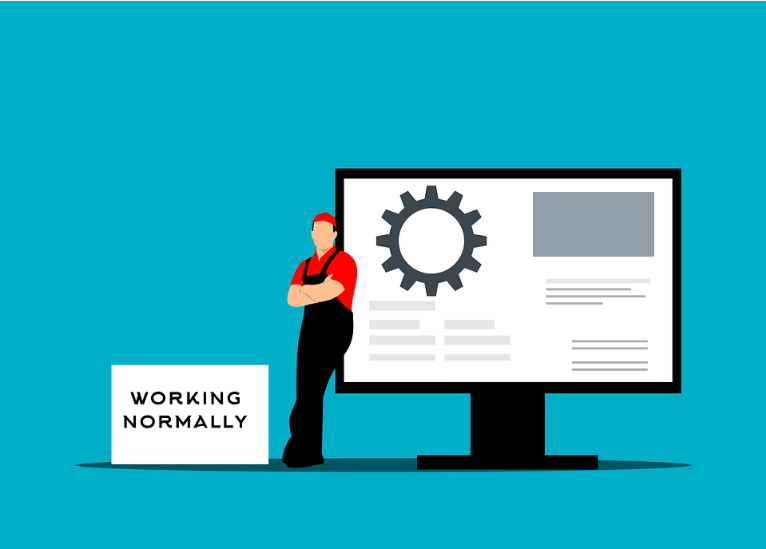In a time when classroom education is being put on a pedestal, let’s look at the differences between online and classroom learning.
As a result of significant digitalization around the globe, the world is increasingly divided in the argument of online learning vs classroom learning. The continuous Covid-19 pandemic rocked the world and has significantly improved online education’s development.
The education of young pupils and adults would have suffered dramatically if the trend of online learning had not begun at the time. However, compared to physical learning, which is still the most favored method, online learning has its advantages and disadvantages, as most people believe.
Online learning and classroom learning aren’t just about the student. They are also about the practicality of each method and the pros and cons of each one. This article discusses online learning vs classroom learning so that you will know more when deciding which way is best for you to learn.
Table of Contents
Instructional Setting
Classes are organized and arranged according to a predetermined timetable in a classic face-to-face learning scenario. As a result, this learning system is more disciplined. Classroom learning occurs in a group setting, encouraging more excellent discussion, interaction, and participation.
When opposed to a scheduled in-person session, online learning is more spontaneous. Learners can enroll in an online course or learning module when inspiration or interest strikes. The best part is that kids may do it at their own pace and whenever they choose. The learner is on their own in this scenario because this type of learning does not involve a live instructor.
Content-type For Learning
Traditional learning resources such as textbooks and lecture notes are typically used in face-to-face learning. In comparison, an online learning session is more engaging and offers a variety of training options.

Thanks to technological advancements, e-learning modules are now accompanied by digital textbooks, live chat support, community forums, online discussion boards, video and audio resources, interactive quizzes, virtual announcements, and more.
Learning Speed
In a traditional classroom, the instructor sets the learning speed, and pupils will likely learn passively. In a live, instructor-led setting, there is little room for the learner to slow down and re-learn complex topics, as this would be detrimental to the entire group.
In an E-Learning environment, on the other hand, the learner is free to progress at their own pace. They can halt whenever they like and go back over modules to get a better understanding before continuing with the rest of the course. Thanks to integration assessments and interactive tools at critical points throughout the learning module, the learner is no longer a passive participant in the learning process.
Types of Evaluations
In a traditional learning setting, students are frequently tested after the instructor has delivered a predetermined set of learning modules. This is undoubtedly a face-to-face test that is tightly monitored and takes place on a specific date, time, and location.
When compared to traditional approaches, assessments in E-Learning are often more adaptable. To guarantee that the content is well received, E-Learning programs now include frequent knowledge checks and short assessments. Exams in an E-Learning environment may be timed, and you may use screen recorders to assure honesty.
Asynchronous vs Synchronous Interaction
Learner-instructor interaction is frequently asynchronous in an online learning environment. The learner can study at their own pace with asynchronous learning. However, questions are frequently posted on an internet forum and addressed by an instructor. This causes interaction delay, which can be mitigated by providing timely virtual support.
Traditional classroom-based instruction involves live interaction between an instructor and a student, allowing immediate questions and answers.
Flexibility
Another critical difference between a classroom and online learning is that online learning allows students worldwide to participate. Furthermore, online education appears to be divided into small chunks that are simple to learn and manage, even with a busy schedule.
In online learning, students can learn at their own pace and take assessments at their leisure. Students are not required to remain in class. If students in online education have trouble understanding a specific lesson, they can replay the video recording and go over the subject again.
Unlike regular classrooms, which have set times, teachers must handle many students at once.
Problems of Technology
Technical difficulties abound in online classes. Students may become demotivated if there are delays in voice or video owing to connectivity issues. They may lose focus and become engrossed in other activities. Technologies such as Zoom, Google Meet, and others are used for online education.

Classrooms help students study more effectively. There are few interruptions as students and teachers interact immediately. In terms of learning, there is more functional assessment and higher production.
Self-discipline in Learners
In the classroom, students must adhere to tight restrictions. Their performance is being closely scrutinized. They must meet the teachers’ expectations regarding academics and other activities.
Some folks may become distracted while learning online. The learning process may be disrupted if they miss or postpone a class owing to another commitment. They will need to set limits to improve their performance and achieve better results.
Convenience
Online classes are pretty convenient in terms of convenience. You can take classes from the convenience of your own home. You do not need to be concerned about attending a study institute. You have the opportunity to explore a variety of possibilities when you learn online.
On the other hand, classroom learning necessitates a high level of drive. To get information, you must visit a specified location. Learning in a classroom can be less convenient than learning online. Because of its convenience, many students nowadays prefer online learning.
Cost of Learning
Travel costs are incurred when you show up in a physical location. Students in traditional courses may experience financial difficulties. Investing in notes, college fees, travel, and other hobbies can be challenging.

Online programs are inexpensive and save students money on extra fees. All students require is a reliable internet connection and payment of the course price. Many institutes also provide free courses with lots of advantages for students.
Conclusion: Online Learning vs Classroom Learning
In today’s day and age, online learning is becoming more popular as each year passes by. Online learning is taking over all aspects of the educational system, changing how students are taught and educated. We may live in a new generation where classroom learning virtually disappears altogether as online courses continue gaining more popularity each year.
As more online teaching tools become available, students can learn from many sources of information. It is good because it offers flexibility in setting your schedule. On the other hand, all these options can confuse you about which route to take for education.
No matter where we may be in life, there will always be a need for some classroom-learning experience to help us learn or enhance our knowledge. With that, we hope this article helped you understand the difference between classroom learning vs online learning! Which method do you prefer? Let us know in the comment section below!
- Mindvalley Membership Discount → $299 Promo Offer - March 15, 2024
- Top 15 Scholarship Interview Questions of 2025 - March 14, 2024
- How Many Teachers In The US 2025 (Latest Data) - March 9, 2024